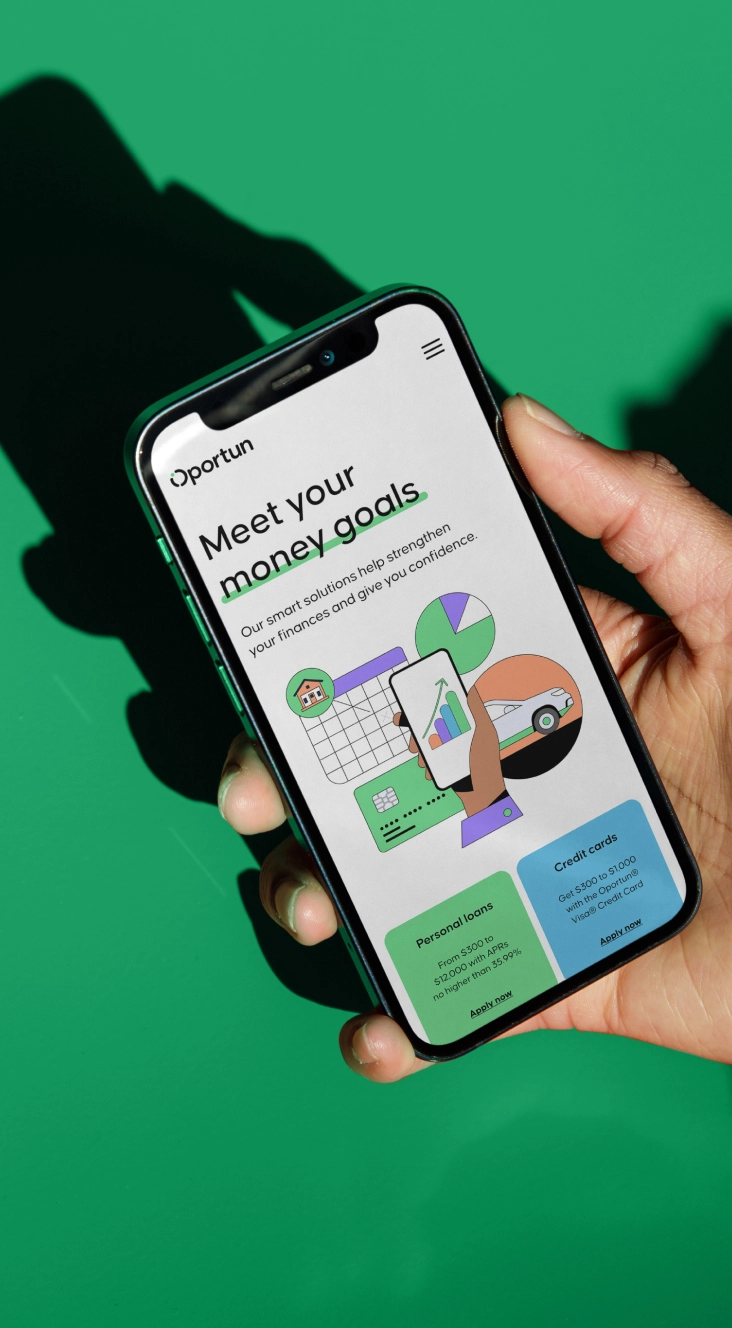April 22, 2024
Four inconvenient truths about building a sustainable brand

When it comes to sustainability, 2023 will be remembered as the year reality set in.
On the greenwash-greenhush rollercoaster, 2023 will be remembered as the year when companies realized that their sustainability initiatives aren’t going nearly fast or far enough.
Some have tried to quietly move the goalposts, with over 30 financial institutions quitting their respective net-zero industry alliances, and several large corporates scaling back their climate commitments.
But others will take this as a wake-up call: a reminder that greenhushing is self-defeating, and that changing the world requires talking to it.
For the few who take the leap, success requires facing four inconvenient truths.
01 | People care about sustainability, customers don’t
Environmental and social issues are top of mind in a way they haven’t been for decades. But this doesn’t translate into customer behavior. Whether it’s carbon offsets for flights, sustainable home-energy systems or green mortgages, uptake of sustainable solutions rarely gets over 5 percent.
This gap between caring and action feels hypocritical, but it’s not. As customers, we make decisions in the real-world, full of distractions and time-pressures. This forces us to take shortcuts. When deciding which bank to invest with, we don’t think about every bank we know, or everything we know about them. We think about a small subset of banks, and an even smaller subset of associations.
“Environmental and social issues are top of mind in a way they haven’t been for decades. But this doesn’t translate into customer behavior. ”
This subset of associations is where the problem lies. In most industries, sustainability is too far down the list to get a look in. It’s not that the person doesn’t care; our brains aren’t programmed to recall this information as relevant in the moment of decision.
02 | To transition successfully, you need customers to care
Many companies have realized how hard it is to get customers to care, and have responded by giving up, shifting sustainability to be a purely internal initiative.
But this won’t get us to net zero. Transition is expensive, and to justify the investment companies need an upside. In some instances, this upside comes from long-term cost-savings or government subsidies, but for the rest you need customers to vote with their wallet.
This can happen. We’ve seen it with free-range eggs, fair-trade coffee, cruelty-free cosmetics and conflict-free diamonds. Such ideas can very quickly shift from irrelevant to fundamental if introduced in the right way.
03 | Making customers care requires a fundamental reframe
How do you make sustainability relevant in the moment of decision? The theory is simple, even if the practice is hard. You need to reframe how customers make decisions. This happens in three steps:
- Flag a threat to shock people out of their default decision-making frame
- Propose a new frame which allows customers to easily avoid the threat
- Reinforce leadership with a tangible demonstration that puts you on the right side of the line
This is best illustrated by example: in 1984 Apple launched the first Macintosh with their “Big Brother” campaign. The campaign shocked people out of their default decision by introducing a previously unrecognised threat (if IBM controls the world’s computers, they control the world). It then used this threat to reframe buying a computer as a choice between individual liberty (Apple) and monolithic control (IBM). The Macintosh itself, as the first truly non-specialist personal computer, reinforced Apple’s position as the champion of the individual.
Several other examples exist. AirBnB drew a line between belonging and just staying. Tesla reframed choice between all-electric performance and petrol obsolescence. Tony’s drew a line between chocolate that cares, and chocolate that enslaves.
Each of these shook their industry with a reframing in which only they could win.
04 | Fundamental reframes require deep conviction
It’s easy to see how a sustainability reframe might work in many industries, but also easy to see why companies are afraid to do it.
Most industries are uncomfortable acknowledging their own role in creating the problem, but that’s essential for the threat to impact decision making.






